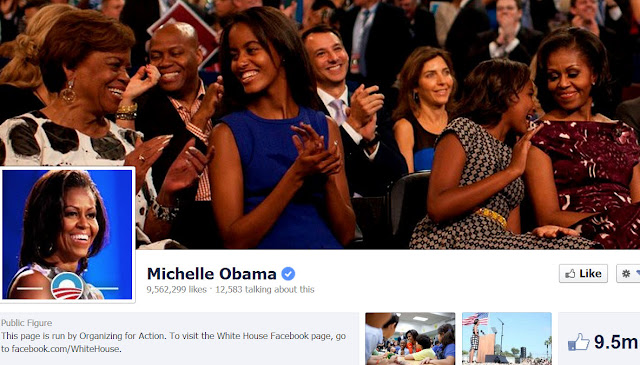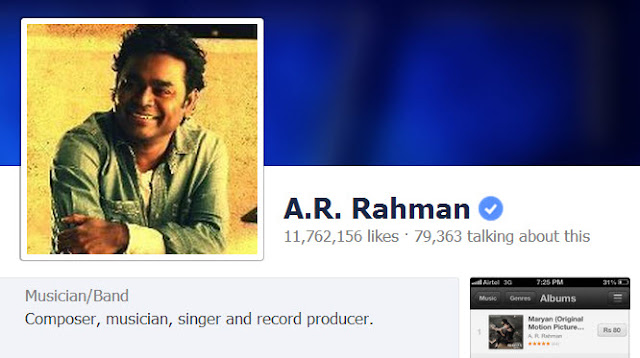Do you remember our earlier post on how to be smart on Facebook? That gives an important lesson. You know, there are many Facebook pages that have been prepared to mimic the official celebrity pages. These pages are prepared solely as a marketing gimmick too. Since they are made under the name of a popular celebrity, they quickly interest the fans of that celebrity and get a fan following pretty easily. Then marketing becomes easy.
This was one of the reasons why Twitter introduced verified pages. You know that simple check mark on Twitter accounts of VVIPs? That is a sign that the Twitter account is a verified one, and it does indeed belong to the person mentioned. Facebook has also gone the same direction by introducing verified pages yesterday. Here is the official PR from FB.
Verified pages on Facebook have a blue check mark on them, next to the name of the page or profile.
Check out this official page of Michelle Obama.
Facebook has the official page of the celebrity as well as the fan pages and marketing pages created by other people for various purposes. Check out how many pages come up for a search for ‘Michelle Obama’ here. Only one of them can be verified.
Here are some other verified celebrity pages.
However, the list of verified pages is not exhaustive as in Twitter. It may take some more days to get all celebrity pages verified. For the time being, please look for a verified badge—the blue check mark—before following a page.
This was one of the reasons why Twitter introduced verified pages. You know that simple check mark on Twitter accounts of VVIPs? That is a sign that the Twitter account is a verified one, and it does indeed belong to the person mentioned. Facebook has also gone the same direction by introducing verified pages yesterday. Here is the official PR from FB.
Verified pages on Facebook have a blue check mark on them, next to the name of the page or profile.
Check out this official page of Michelle Obama.
Facebook has the official page of the celebrity as well as the fan pages and marketing pages created by other people for various purposes. Check out how many pages come up for a search for ‘Michelle Obama’ here. Only one of them can be verified.
Here are some other verified celebrity pages.
However, the list of verified pages is not exhaustive as in Twitter. It may take some more days to get all celebrity pages verified. For the time being, please look for a verified badge—the blue check mark—before following a page.






